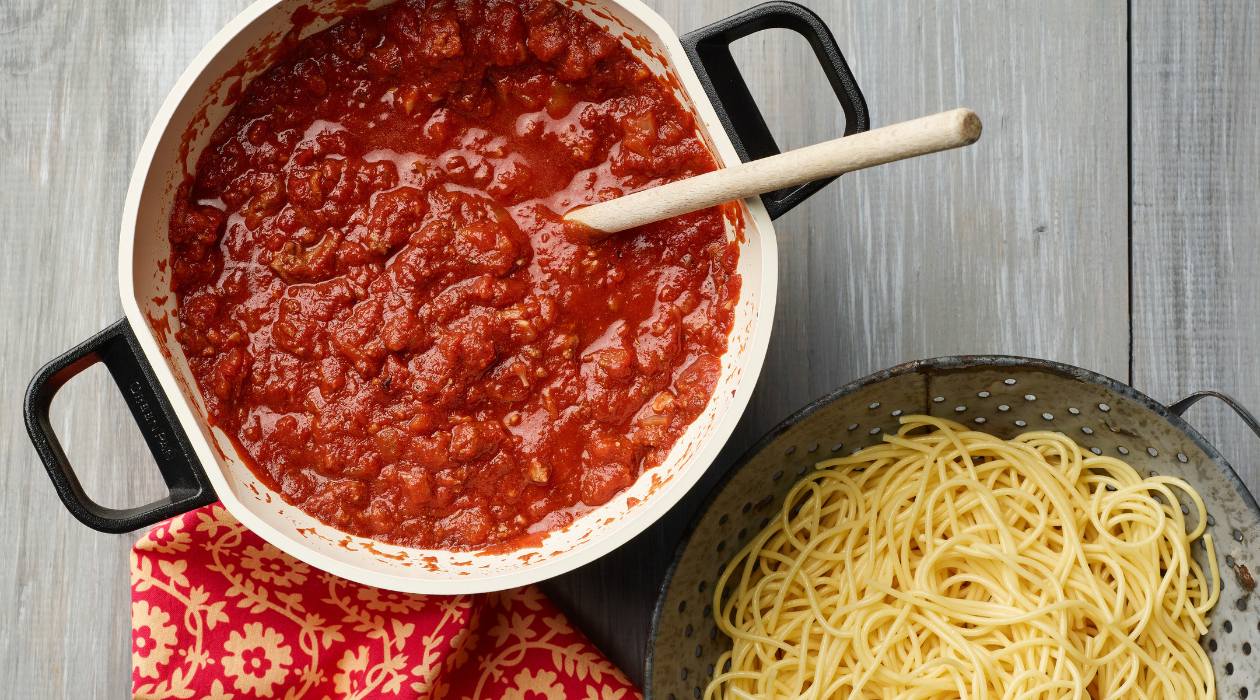

Articles
How To Store Spaghetti Sauce
Modified: February 28, 2024
Learn effective tips and techniques for storing spaghetti sauce in this informative articles. Keep your sauce fresh and flavorful for longer with our expert advice.
(Many of the links in this article redirect to a specific reviewed product. Your purchase of these products through affiliate links helps to generate commission for Storables.com, at no extra cost. Learn more)
Introduction
Spaghetti sauce is a delicious and versatile staple in many households. Whether you make it from scratch or purchase it pre-made, proper storage is essential to maintain its flavor and quality. In this article, we will explore the importance of storing spaghetti sauce correctly and provide you with valuable tips on how to extend its shelf life.
When it comes to spaghetti sauce, storage is crucial for maintaining its freshness, preventing spoilage, and preserving its taste. Improper storage can lead to a loss of flavor, texture, and even foodborne illnesses.
By taking the time to store your spaghetti sauce properly, you can ensure that it remains safe to eat and maintains its deliciousness for longer periods. Whether you have leftovers or want to prepare a batch for future use, knowing the right methods to store spaghetti sauce can help you avoid waste and enjoy a flavorful meal every time.
Key Takeaways:
- Proper storage of spaghetti sauce is crucial for maintaining its taste, quality, and safety, whether in the refrigerator or freezer. Following the right methods ensures delicious, ready-to-use sauce for any pasta dish.
- By selecting the right containers, preparing the sauce for storage, and following proper thawing and reheating techniques, you can extend the shelf life of spaghetti sauce, minimize waste, and always have a flavorful sauce on hand.
Read more: How To Store Homemade Spaghetti Sauce
Importance of Proper Spaghetti Sauce Storage
Proper storage of spaghetti sauce is essential for several reasons. First and foremost, it helps to maintain the taste and quality of the sauce. Spaghetti sauce contains various ingredients, such as tomatoes, herbs, and spices, that contribute to its rich flavor. When stored correctly, these flavors are preserved, ensuring that your sauce tastes as delicious as when it was first made.
In addition to preserving taste, proper storage also helps to prevent spoilage. Spaghetti sauce can quickly spoil if not stored at the correct temperature and in the right containers. Bacteria thrive in warm and moist environments, and if left unattended, they can multiply rapidly in your sauce, leading to foodborne illnesses.
Furthermore, by storing your spaghetti sauce properly, you can also extend its shelf life. This means that you can enjoy your sauce for a longer period without it going bad. This is particularly helpful if you want to make a large batch of sauce or if you have leftovers that you want to save for later use.
Proper storage also allows you to be more efficient and organized in the kitchen. By having properly stored spaghetti sauce, you can easily plan meals ahead of time, saving you time and effort in the long run. It also reduces food waste, as you can store sauce that you don’t immediately need and use it at a later date.
Lastly, proper spaghetti sauce storage can save you money. By extending the shelf life of your sauce, you can avoid having to throw it out due to spoilage. This means that you won’t have to constantly repurchase sauce, resulting in savings over time.
In summary, proper spaghetti sauce storage is essential for maintaining its taste, preventing spoilage, extending its shelf life, and saving you money. By following the right storage methods, you can ensure that your spaghetti sauce remains fresh, delicious, and safe to eat for longer periods.
Selecting the Right Containers for Storing Spaghetti Sauce
Choosing the right containers for storing spaghetti sauce is crucial for preserving its quality and preventing any potential contamination. Here are some factors to consider when selecting containers for your sauce:
- Airtightness: Opt for containers that have airtight seals to prevent air from entering and spoiling the sauce. This helps to retain its freshness and flavor. Glass jars with screw-top lids or food-grade plastic containers with tight-fitting lids are excellent options.
- Size and Portion Control: Consider how much sauce you typically use in one serving or recipe. It’s best to store sauce in smaller containers to minimize exposure to air when you open and close it. This also allows for easier portion control and reduces waste.
- Freezer-Safe: If you plan to freeze your spaghetti sauce, ensure that the containers you choose are freezer-safe. They should be made of materials that can withstand freezing temperatures without cracking or breaking. Look for containers specifically labeled as freezer-safe or made from materials like glass or high-quality plastic.
- Transparency: Transparent containers can be beneficial as they allow you to see the contents and check for any signs of spoilage, such as discoloration or mold. This is particularly useful if you have multiple containers and want to use the oldest sauce first.
- Ease of Cleaning: Select containers that are easy to clean and dishwasher-safe, if possible. This ensures that you can thoroughly clean and sanitize them between uses, reducing the risk of bacterial growth.
Remember to properly label your containers with the date of storage to keep track of freshness and use them in a first-in, first-out manner. This helps avoid any sauce being forgotten at the back of the fridge or freezer and ensures you always use the oldest sauce first.
By selecting the right containers for storing your spaghetti sauce, you can maintain its quality, prevent contamination, and easily manage portion sizes, making it convenient for future use in your favorite recipes.
Preparing Spaghetti Sauce for Storage
Before storing your spaghetti sauce, it’s important to properly prepare it to ensure optimal quality and longevity. Here are some essential steps to follow:
- Cooling the Sauce: Allow your freshly cooked spaghetti sauce to cool down before transferring it to storage containers. Placing hot sauce directly into the refrigerator or freezer can raise the temperature inside, potentially compromising the quality of other foods and even causing the sauce to spoil.
- Removing Excess Air: When storing the sauce in containers, try to minimize the amount of air trapped inside. This can be done by gently pressing down on the sauce with a spoon or spatula to remove any air pockets. Less air means less oxidation and a reduced risk of spoilage.
- Dividing into Portions: If you cooked a large batch of spaghetti sauce and only need a portion for immediate use, consider dividing it into individual serving sizes. This way, you can use only what you need without having to defrost a large container just for a small portion.
- Labeling and Dating: To keep track of the freshness of your spaghetti sauce, label each container with the date it was prepared and stored. This will help you determine when to use the sauce and prevent any confusion or waste.
- Properly Sealing Containers: Ensure that the lids or covers of your containers are tightly sealed to prevent any air or moisture from entering. This will help maintain the sauce’s flavor and protect it from contamination.
It’s worth noting that if you are making your spaghetti sauce from scratch, you may want to double-check the recipe for recommendations on flavors and ingredients that develop or intensify over time. Some sauces benefit from being refrigerated or frozen for a period to allow flavors to meld together, enhancing the overall taste.
By following these preparation steps, you can ensure that your spaghetti sauce is properly cooled, portioned, and sealed before storage. This will help maintain its quality and make it easier to use in the future when you’re ready to enjoy a delicious plate of pasta.
Storing Spaghetti Sauce in the Refrigerator
The refrigerator is a convenient and safe place to store spaghetti sauce for short-term use. To ensure that your sauce remains fresh and flavorful, follow these guidelines for storing spaghetti sauce in the refrigerator:
- Cooling Down: Allow your spaghetti sauce to cool down completely before placing it in the refrigerator. This helps prevent the sauce from spoiling other foods in the fridge and maintains the quality of the sauce itself.
- Divide into Portions: If you have a large batch of sauce, consider dividing it into smaller portions using separate airtight containers. This allows you to only take out what you need, preventing the entire batch from being reheated multiple times and potentially reducing its quality.
- Airtight Containers: Use airtight containers or glass jars with tight-fitting lids to store your spaghetti sauce. This prevents air and moisture from entering the sauce and helps to maintain its freshness and flavor.
- Labeling and Dating: Be sure to label each container with the date of storage, as well as what it contains. This will help you keep track of freshness and ensures you use the oldest sauce first.
- Placement in the Fridge: Store your spaghetti sauce on a shelf in the refrigerator rather than in the door. The temperature on the shelves is more stable, which helps to maintain the sauce’s quality.
- Proper Temperature: Set your refrigerator temperature to below 40°F (4°C). The cooler temperature helps slow down bacterial growth and keeps your sauce fresh for a longer period.
- Rotation: Spaghetti sauce stored in the refrigerator typically remains fresh for up to five days. It’s important to use the oldest sauce first to avoid any spoilage. Rotate your containers accordingly and discard any sauce that shows signs of mold or an off odor.
By following these steps, your spaghetti sauce can be safely stored in the refrigerator, allowing you to enjoy it within a few days of preparation. Remember to always use your best judgment and discard any sauce that appears or smells spoiled.
After opening a jar of spaghetti sauce, transfer any leftovers to an airtight container and store in the refrigerator for up to 5 days. Be sure to label the container with the date it was opened.
Storing Spaghetti Sauce in the Freezer
If you have excess spaghetti sauce or want to make a larger batch for later use, freezing is a great option. Freezing spaghetti sauce allows you to store it for an extended period without compromising its quality. Here’s how to properly store spaghetti sauce in the freezer:
- Cooling Down: Similar to storing in the refrigerator, allow your spaghetti sauce to cool down completely before placing it in the freezer. This helps maintain its flavor and texture.
- Portioning: Divide the sauce into individual freezer-safe containers or freezer bags. Consider portioning the sauce based on your typical usage or recipe requirements. This way, you can easily thaw and use only the amount needed without thawing the entire batch.
- Airtight Containers or Bags: Use airtight containers or freezer bags specifically designed for freezing food. Ensure they are made from materials that can withstand freezing temperatures and are tightly sealed to prevent freezer burn.
- Removing Air: When using freezer bags, remove as much air as possible before sealing to prevent ice crystals from forming and causing freezer burn. You can use a straw to suck out excess air or gently press on the bag to remove air pockets.
- Labeling and Dating: It’s essential to label each container or bag with the date of freezing and a description of its contents. This makes it easier to identify and use the oldest spaghetti sauce first.
- Flat Freezing: If using freezer bags, consider laying them flat in the freezer to allow for more efficient and space-saving storage. Once the sauce is frozen, they can be stacked vertically or stored upright.
- Freezer Storage Duration: Spaghetti sauce can be safely stored in the freezer for up to 3-4 months. Beyond this period, the sauce may still be safe to consume, but its quality and flavor may deteriorate.
When you’re ready to use the frozen spaghetti sauce, simply transfer it to the refrigerator and allow it to thaw overnight. Alternatively, you can thaw it in a microwave or use it directly from frozen, depending on your recipe requirements.
By following these steps, you can store your spaghetti sauce in the freezer for future use. Freezing not only helps prevent waste but also allows you to have a quick and convenient meal solution on hand whenever you need it.
Thawing and Reheating Frozen Spaghetti Sauce
When it comes to using frozen spaghetti sauce, proper thawing and reheating techniques ensure that the sauce retains its flavor, texture, and quality. Here are the steps to thaw and reheat frozen spaghetti sauce:
- Thawing in the Refrigerator: The best and safest way to thaw frozen spaghetti sauce is to transfer it from the freezer to the refrigerator. Place the frozen sauce in a bowl or on a plate to catch any potential drips as it thaws. Allow it to thaw in the refrigerator overnight or for approximately 24 hours.
- Thawing in Cold Water: If you need to thaw the sauce more quickly, you can use the cold water thawing method. Seal the frozen sauce in a leak-proof bag and immerse it in a bowl of cold water. Change the water every 30 minutes to maintain its cold temperature. Thawing this way typically takes around 1-2 hours depending on the size of the sauce container, but it may vary.
- Reheating on the Stovetop: Once the spaghetti sauce is thawed, you can reheat it on the stovetop. Transfer the sauce to a saucepan and heat it over low to medium heat, stirring occasionally. This helps to evenly distribute the heat and prevent any scorching. Reheat the sauce until it reaches your desired temperature, ensuring it is piping hot throughout.
- Reheating in the Microwave: If you’re short on time, you can also reheat the thawed spaghetti sauce in the microwave. Transfer the sauce to a microwave-safe bowl and cover it with a microwave-safe lid or microwave-safe plastic wrap with a vent. Heat the sauce in 30-second intervals, stirring in between, until it reaches the desired temperature. Be cautious not to overheat the sauce, as it can result in uneven cooking.
- Optional Steps for Enhancing Flavor: If you wish to enhance the flavor of your reheated spaghetti sauce, you can consider adding fresh herbs or additional seasonings. This can help to revive any flavors that might have subsided during the freezing and thawing process.
- Safe Storage and Reheating Guidelines: Remember that once you’ve thawed and reheated the spaghetti sauce, it’s essential to consume it within two to three days. Any leftover reheated sauce should be promptly cooled and stored in the refrigerator to maintain its freshness.
By following these steps, you can safely thaw and reheat your frozen spaghetti sauce, ensuring that it’s thoroughly heated and ready to be enjoyed. Whether you choose to heat it on the stovetop or in the microwave, pay attention to the temperature and ensure that the sauce is piping hot before serving.
Tips for Extending the Shelf Life of Spaghetti Sauce
Extending the shelf life of spaghetti sauce is beneficial for reducing waste, saving money, and always having a delicious sauce at hand. Here are some helpful tips to help you extend the shelf life of spaghetti sauce:
- Proper Storage Temperature: Store your spaghetti sauce at or below 40°F (4°C) in the refrigerator and below 0°F (-18°C) in the freezer. These temperatures help slow down bacterial growth and maintain the sauce’s quality.
- Airtight Containers: Store spaghetti sauce in airtight containers or glass jars with tight-fitting lids. This prevents air from getting in and prolongs the sauce’s shelf life. Additionally, use containers that match the quantity you typically need to minimize exposure to air when opening and closing.
- Maintain a Clean Environment: When transferring the sauce into storage containers, ensure that the containers and utensils used are clean and sanitized. This helps prevent any cross-contamination that could lead to spoilage.
- Rotate Your Stock: When storing multiple containers of spaghetti sauce, make sure to rotate your stock. Use the oldest sauce first to avoid spoilage. This practice is especially important in the refrigerator, where the shelf life is shorter.
- Minimal Air Exposure: Minimize air exposure when storing and handling the sauce. This can be achieved by pressing the sauce down with a spoon or spatula to remove air pockets before sealing the container. Less air exposure reduces the risk of oxidation and helps preserve the sauce’s flavor and color.
- Frequent Temperature Checks: Regularly monitor the temperature of your refrigerator and freezer to ensure they are operating within the recommended range. Fluctuating temperatures can compromise the sauce’s quality and lead to spoilage.
- Good Hygiene Practices: When using the sauce, use clean utensils and avoid double-dipping to prevent introducing bacteria and contaminants. It’s also essential to wash your hands thoroughly before handling the sauce to maintain a clean working environment.
- Plan and Use Within Timeframes: Be mindful of the recommended storage timeframes for spaghetti sauce. Consume refrigerated sauce within 5-7 days and frozen sauce within 3-4 months. Having a clear understanding of these timeframes helps prevent consuming spoiled sauce.
- Proper Thawing and Reheating: When thawing and reheating frozen sauce, follow proper food safety protocols to maintain its quality and ensure it is safe to consume. Thaw in the refrigerator or using the cold water method, and reheat thoroughly, making sure it reaches a safe internal temperature.
- Inspect Before Consuming: Before using any stored spaghetti sauce, visually inspect it for any signs of spoilage, such as mold growth, off odors, or unusual texture. If you notice any abnormalities, discard the sauce to prevent potential foodborne illnesses.
By following these tips, you can significantly extend the shelf life of your spaghetti sauce, ensuring that it remains fresh, flavorful, and safe to eat for longer periods. Not only will this save you money and reduce waste, but it will also provide you with a convenient and delicious sauce for your pasta dishes whenever you need it.
Conclusion
Proper storage of spaghetti sauce plays a vital role in maintaining its taste, quality, and safety. Whether you choose to store it in the refrigerator or the freezer, following the right methods ensures that your sauce remains delicious and ready to use whenever you crave a comforting plate of pasta.
From selecting the right containers and preparing the sauce for storage to thawing and reheating it correctly, each step is important in preserving the flavor and extending the shelf life of your spaghetti sauce. By taking the time to follow these guidelines, you can minimize waste, save money, and always have a flavorful sauce on hand for quick and convenient meals.
Remember to adhere to proper food safety practices, such as maintaining a clean environment, practicing good hygiene, and regularly checking storage temperatures. This ensures that your spaghetti sauce stays fresh and prevents any potential contamination or spoilage.
So, the next time you whip up a batch of delicious spaghetti sauce, be sure to store it properly to enjoy its flavors for as long as possible. With the right storage techniques, you can savor the taste of your homemade or store-bought sauce with confidence, knowing that it will be just as delicious when you’re ready to enjoy it.
In conclusion, by following the tips and techniques outlined in this article, you can ensure that your spaghetti sauce remains delicious and safe to eat. With proper storage, you can extend its shelf life, minimize waste, and always have a flavorful sauce at your fingertips. So, go ahead and store your spaghetti sauce properly to enjoy its rich flavors and enhance your culinary adventures with every dish you prepare!
Frequently Asked Questions about How To Store Spaghetti Sauce
Was this page helpful?
At Storables.com, we guarantee accurate and reliable information. Our content, validated by Expert Board Contributors, is crafted following stringent Editorial Policies. We're committed to providing you with well-researched, expert-backed insights for all your informational needs.
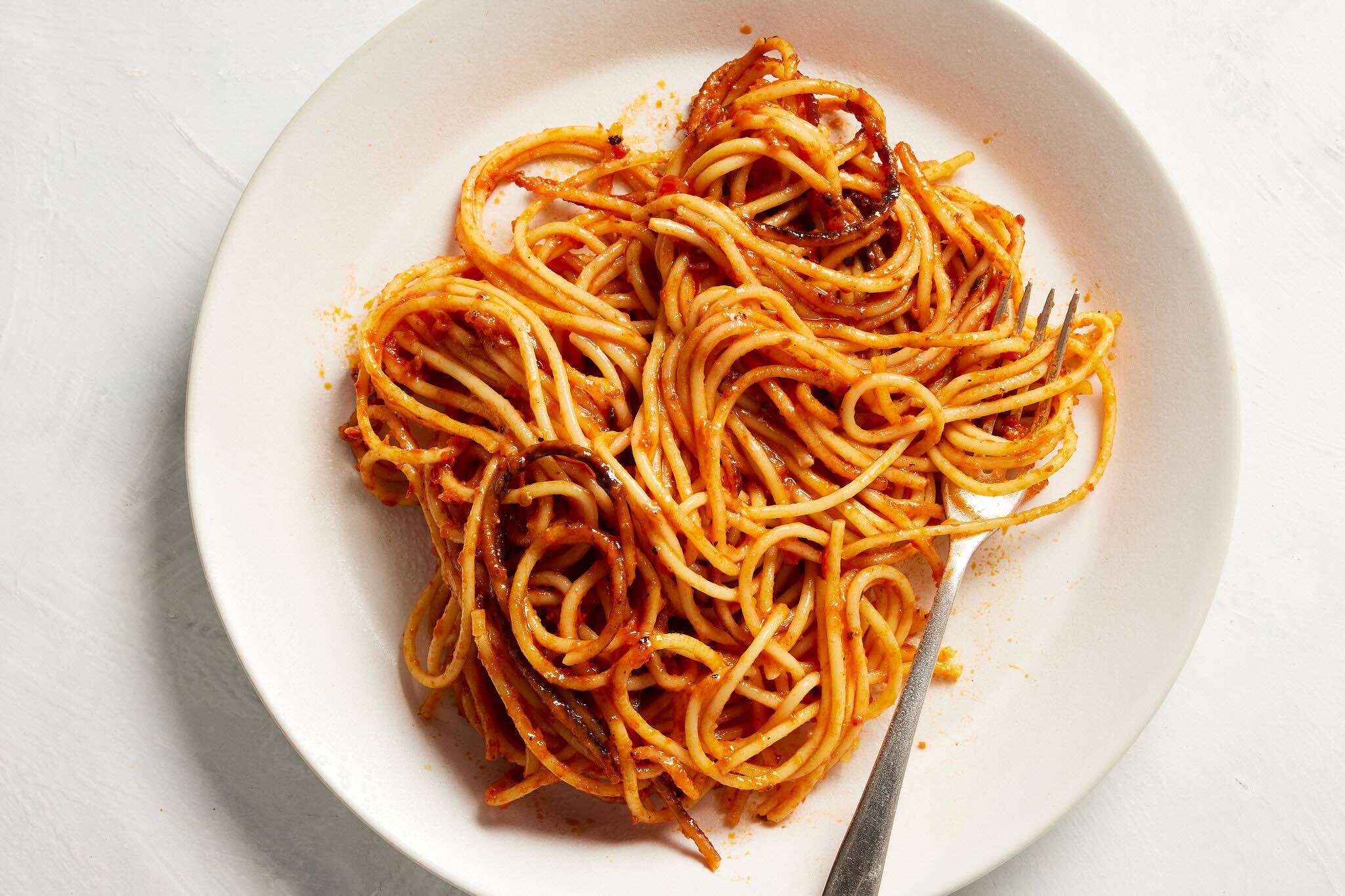
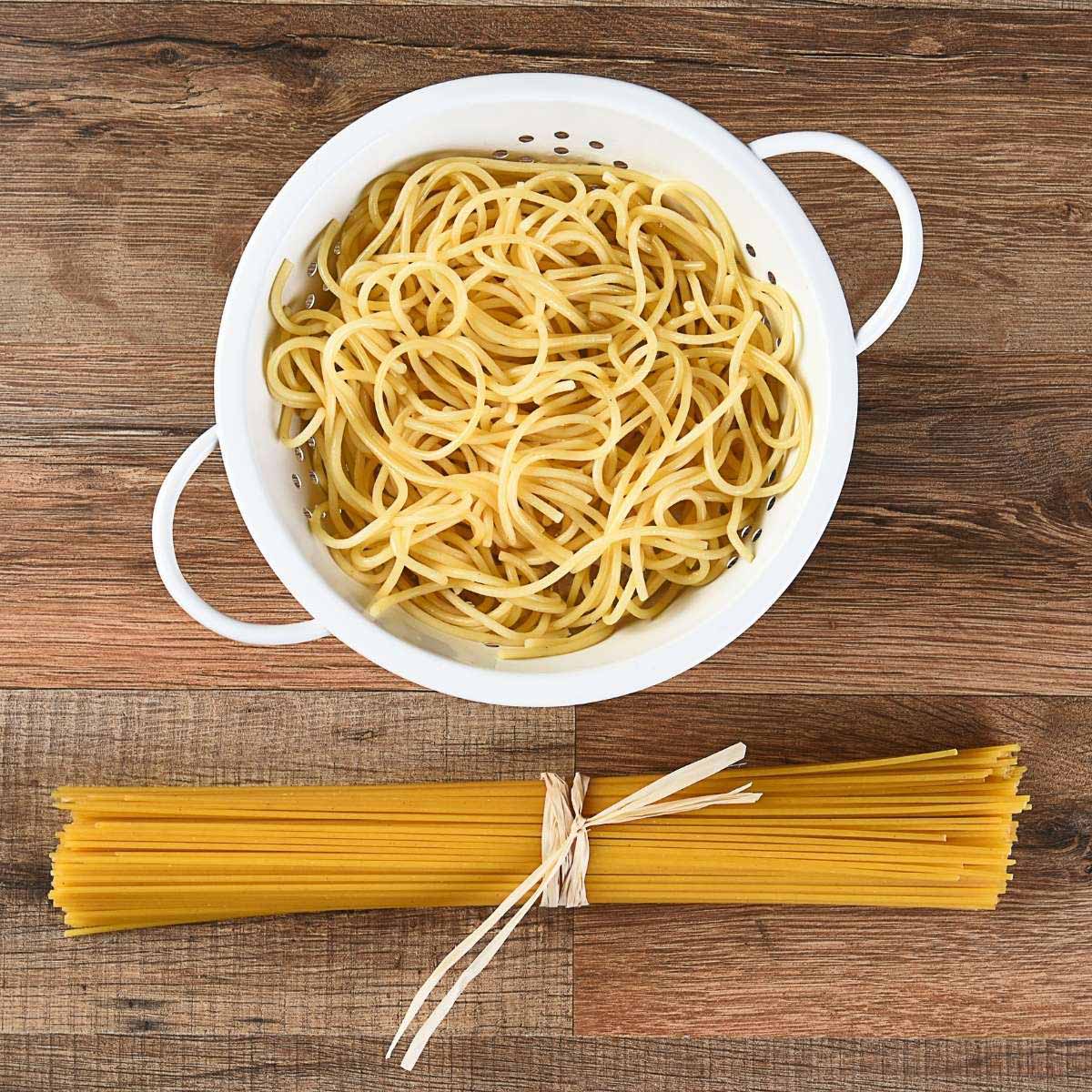



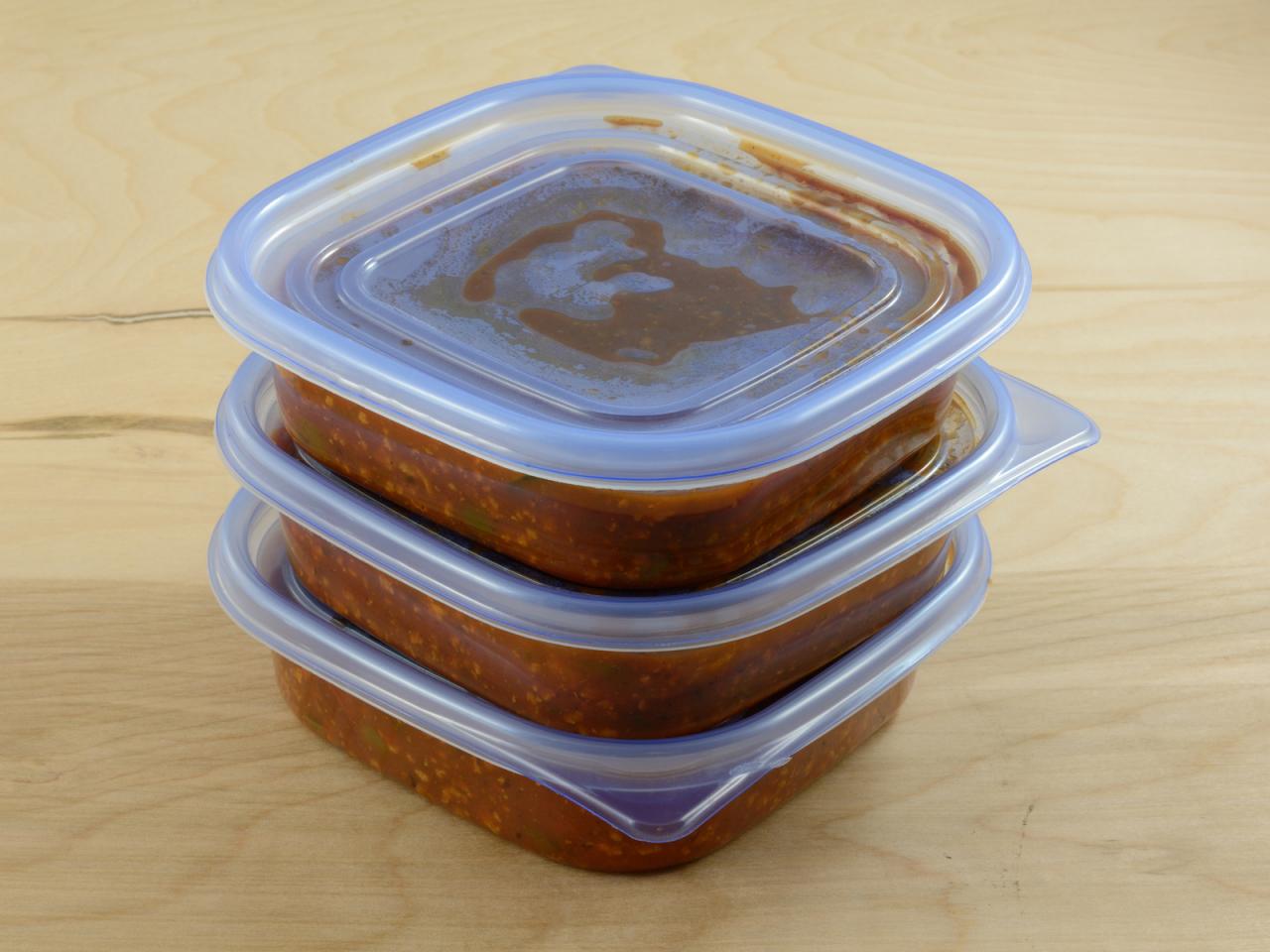
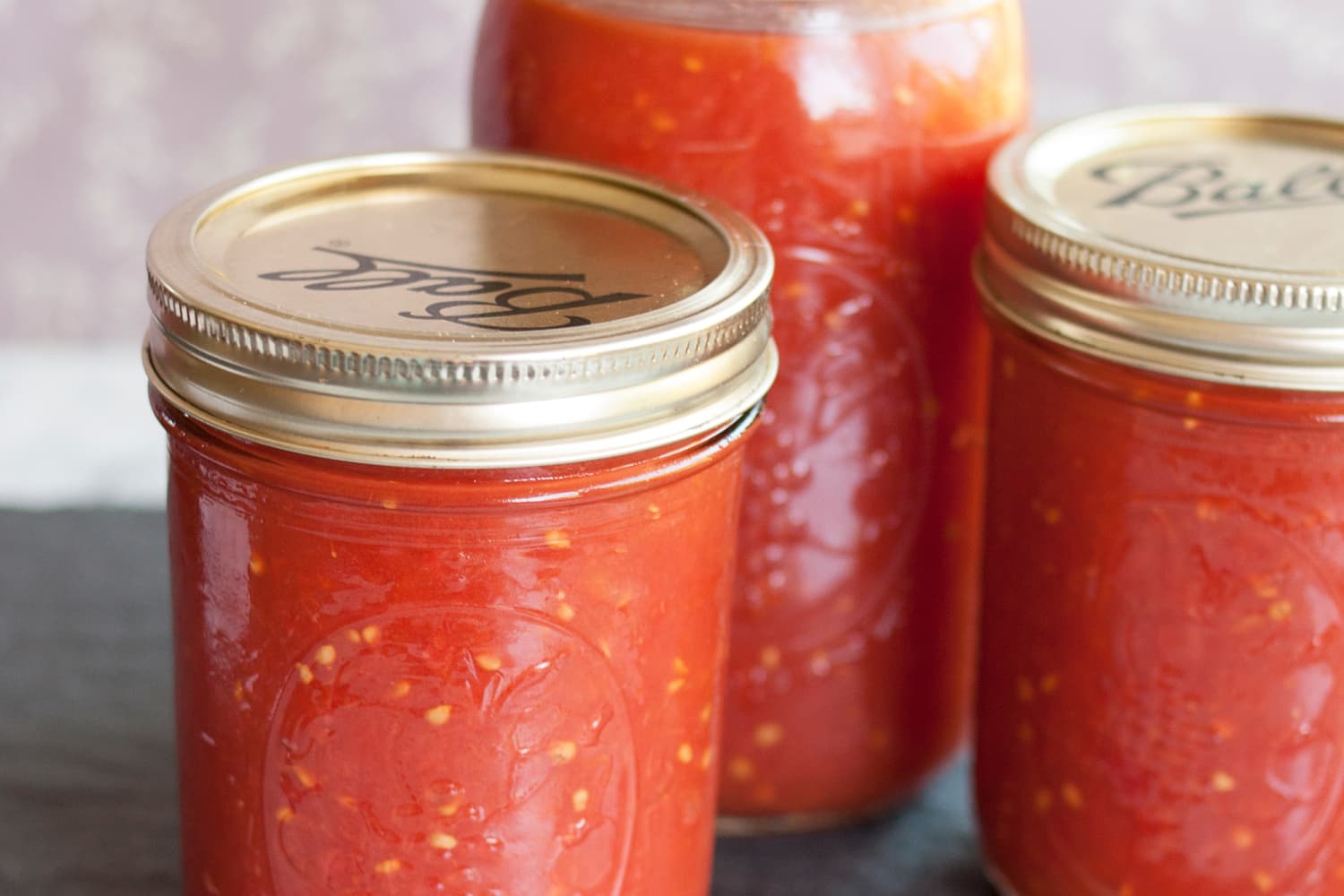

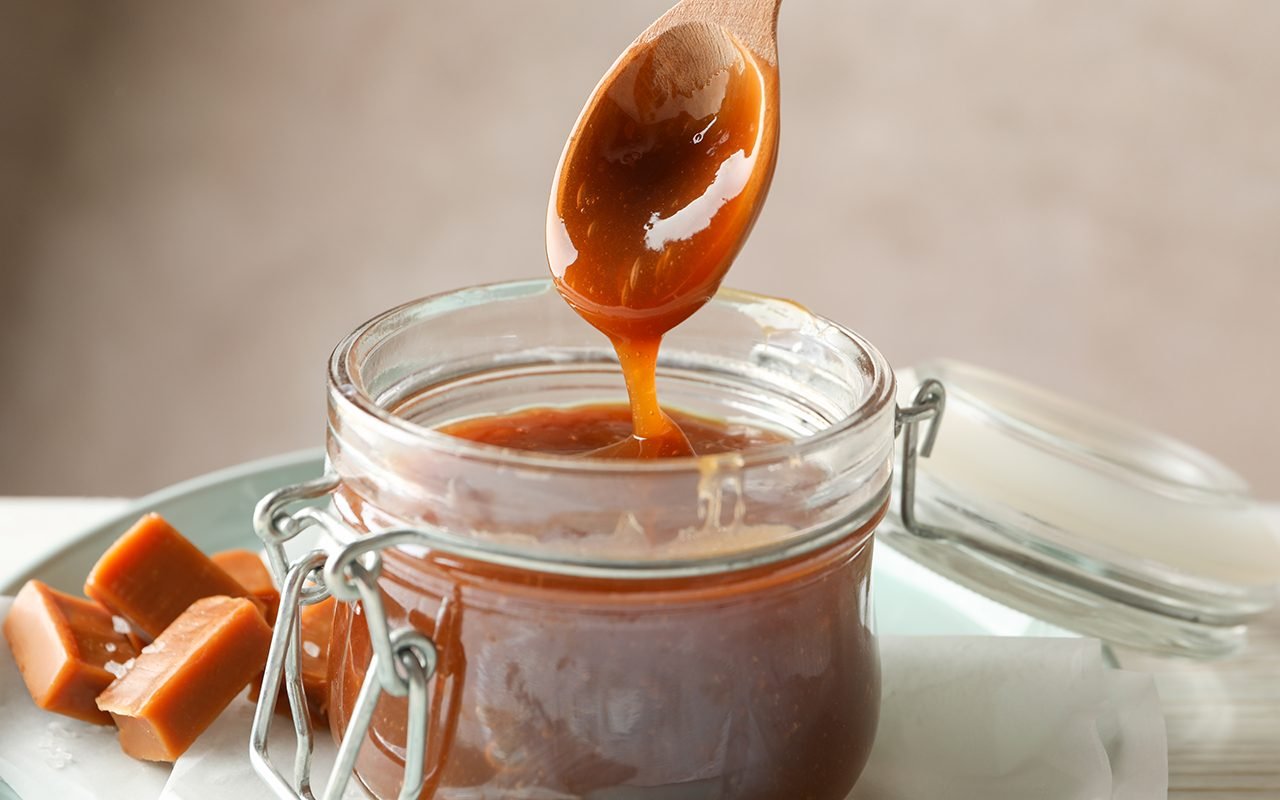






0 thoughts on “How To Store Spaghetti Sauce”